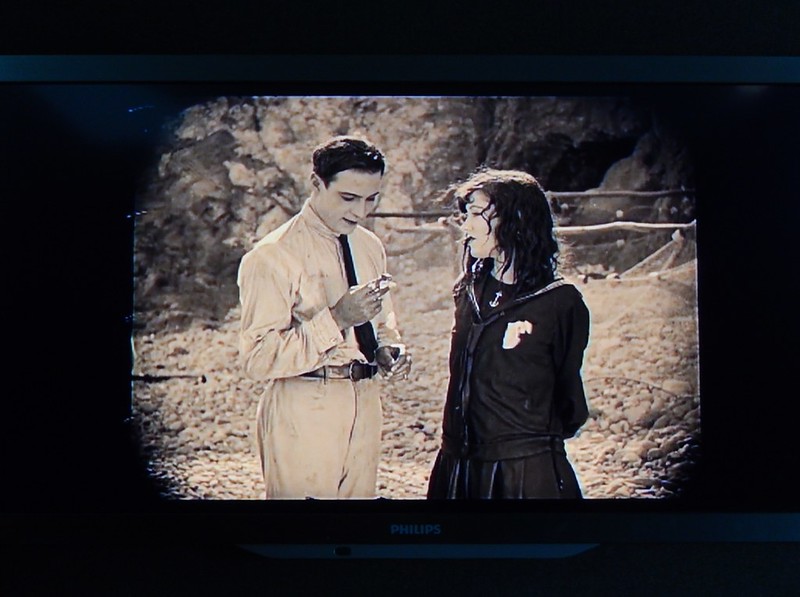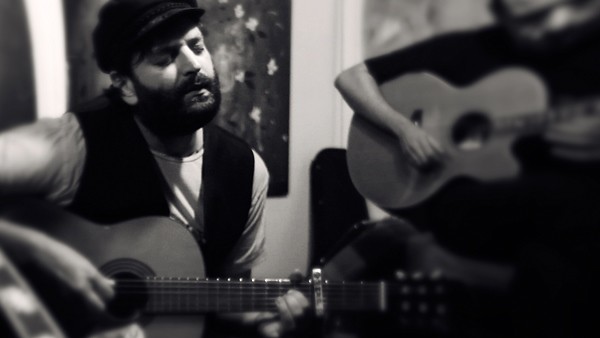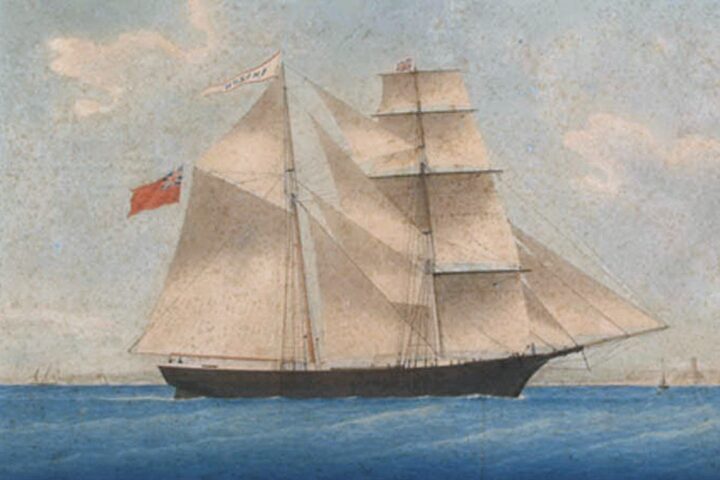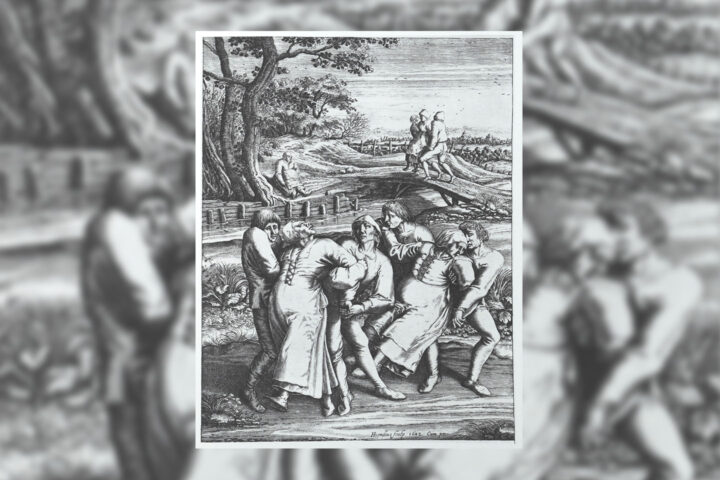Source: Flickr_Silent Movie_Michael Coghlan
Read about the development of the Cinematic techniques and how the industry has gone from making silent features to producing CGI masterpieces.
The advancements in the cinema industry have been remarkable since its birth back in the late 1800s. The initial black and white frames that had no sounds have progressed into a well-founded form of artistry that includes sound, colours and technology to transport the audience into phenomenal worlds.
The development from primitive silent pictures to modern day blockbusters that depend on computer generated images draws much of the creativity and technological progress which has influenced the narratives on screen. Let’s discuss the major developments in paradigms of moving image practices within a time span from the evolution of film to the current computerized motion.
The Silent Era
The silent film period was characterized by a huge burst of creativity and a great deal of experimentation on one hand, and mass popularity on the other. It was the beginning of what is referred to as the ‘Golden Age of Hollywood’ and the dawn for the development of the motion picture industry as it is known now, releasing many firsts in terms of films that would alter the medium permanently on the screen. In the first half of the 20th century, silent films were indeed made and shown but without synchronized sound, and hence depended more on pictures than on hearing.
Still, the episodes that presumably had no characters with a significant number of spoken lines, were seldom screened in total silence. Music formed an integral part of the film-making process and added to the enjoyment of the audience. During screenings, live musicians including pianists, organists and small orchestras performed the music live matching it to the film content. This musical score also did more than just set the scene; it also built up the actions, provided thunder or screaming and other emotive sound effects.
In regards to colour, silent films had to combine several devices to achieve visual characteristics. For instance, tinting and toning were the devices used to give some feeling or even to represent a different time of the day.
The year 1915 remains memorable in the movie industry thanks to D.W. Griffith’s The Birth of a Nation which revealed the untapped artistic capabilities of motion pictures and motivated film makers to be more adventurous. The silent film phenomenon was a great hit- with a thousand films getting released in a single year 1917 –three films on average every day.
Sound
The late 1920s, when sound was finally introduced into motion pictures, will go down in the history of cinema as one of its most significant turning points. The 1927 release of The Jazz Singer was the end of the silent era- the age of the ‘talkies’ had begun. Other than just images, The Jazz Singer introduced actors’ voice, songs and sound effects to present storytelling through the motion pictures.
Nonetheless, this shift did come along with some complications. The majority of silent actors trained to mimic stock situations and found it difficult in speaking pictures, where more subtlety is required. One more detail, the first portable sound systems were huge. This meant that the movie makers had to compromise their earlier techniques to accommodate the new technology. But over time, this gap was lessened and eventually, diminished, and today, music scores and sound design have become some of the greatest tools in a director’s arsenal.
The Rise of Colour Film
Technicolor employed a two-colour technique in their first colour motion picture, ‘The Gulf Between,’ that released in 1917. The first sound films released on the market as late as 1927 were hard to follow but by 1932, Technicolor had finally mastered its three-color method that enabled good sound quality recording while colourful images were being recorded. This new system also minimized deterioration while enhancing brightness on the film- this technology was unparalleled in these times.
It was Herbert T. Kalmus, who co-founded Technicolor with his wife, Natalie Kalmus, who was instrumental in its creation. In her role as Technicolor’s head colour director, Natalie managed every step of the black-and-white film into colour conversion including lighting, camera, set, and editing. She worked on The Wizard of Oz (1939), Gone with the Wind (1939), Wedding planner (2001), and Disney’s Flowers and Trees (1932).
Technology broke boundaries, but colour was too costly, it required heavy equipment, which made filming difficult. Such economic barriers were gradually lifted by the late 1950s, and the audience’s attraction to colour reached its peak. Eventually, all trendy phenomena come to an end, and so did Technicolor’s monopoly over the market. Many other production houses were formed which gave ample competition to Technicolor. However, the legacy lived on.
CGI and special effects

Source: Flickr_Starscream (Movie CGI Render) _This is an updated, much big
When you see films today, you experience the magic of special effects, which can bring and forgettable visuals to life and transport us to different worlds. From films like Inception to Jurassic Park, special effects are everywhere and have become a vital tool today for storytelling. Filmmakers are allowed to push through the boundaries of imagination to bring their stories to life.
This all started when Georges Melies, released his 1902 film, A Trip to the Moon, which included all this cinematic trickery. This was the beginning and over the years, this trickery has improved in the form of models, animatronics, and intricate set designs.
Today special effects are paired up with CGI, which has marked a new era in the visual effects journey. CGI refers to Computer-Generated Imagery which is the subset of Visual Effects (VFX). Through the use of this tool, we can create digital images that can be added to film or television, and create characters and scenes which don’t actually exist in real life. Many blockbusters like The Irishman, Titanic, Gravity, Tron, The Matrix series, The Lord of the Rings series, the Toy Story series, and the Terminator series are well known examples of some of the best CGI-generate characters and scenes.
Cinematic techniques continue to evolve and directors keep on finding new methods of perfecting their art. CGI might not always be necessary to make a movie a hit, but it is a very useful too nonetheless. It has opened up the doors of virtual reality and augmented reality for exploration. Newer possibilities await us.
Resources
The Silent Era
- INTI. (2023, June 16). Silent Cinema ▷ History, characteristics and notable figures. Intiaudiovisual.com. https://intiaudiovisual.com/en/silent-cinema/
- The Silent Film Era: A Golden Age Lost in Time. (2023, April 14). Culture. https://culture.org/history/the-silent-film-era-a-golden-age-lost-in-time/
Sound
- DeGuzman, K. (2024, March 10). What Was the First Movie With Sound — Film History 101. StudioBinder. https://www.studiobinder.com/blog/what-was-the-first-movie-with-sound/
- Picture Show Man. (2020, December 18). When Did Sound First Appear in Movies? – The Picture Show Man. The Picture Show Man. https://pictureshowman.com/when-did-sound-first-appear-in-movies/
The Rise of Colour Film
- A History of Colour: The Difficult Transition from Black and White Cinematography. (2015, April 21). The-Artifice.com. https://the-artifice.com/history-of-colour-film/
- Film, in. (2020, April 21). Musée Magazine. Musée Magazine. https://museemagazine.com/features/2020/4/20/the-evolution-of-color-in-film
CGI and special effects
- Crawford, M. (2024, February 5). What Are Special Effects In Movies: Realism Meets Fantasy. Filmmaking Lifestyle. https://filmlifestyle.com/what-are-special-effects-in-movies/
- What Is CGI? Examples of Computer-Generated Imagery in Film – 2024 – MasterClass. (2020). MasterClass. https://www.masterclass.com/articles/what-is-cgi
INSIDER. (2020, January 11). The 14 most groundbreaking CGI movies ever created. Business Insider; Insider. https://www.businessinsider.com/most-groundbreaking-cgi-movies-ever-created-2020-1?IR=T
















